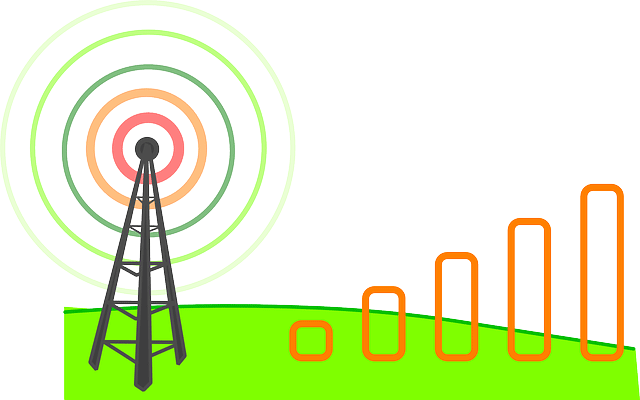Trending Posts
Latest News
Baseball is a game that we all love to watch as ...
Are you a DirecTV customer looking for the ABC channel number? ...
Do you want to have your Peacock turn off autoplay? Learning ...
When it comes to purchasing a new car, the process can ...
Australia is known for heated summers and breathtaking beaches that will ...
Keeping your transactions secure is important for protecting your money and ...
In a dynamic business landscape, startups are constantly looking for creative ...
I’m sure everyone has once Googled “how to get ethernet in ...
Perfecting your CBD routine is key to unlocking the natural sense ...
Everyone enjoys viewing shows and movies online for free in their ...
StreamEast is a great website that allows users to watch live ...
If you have a passion for delving into the past and ...

























